Electricity has become an essential part of our daily lives, and modern society cannot function without it. From powering our homes to running industries, electricity is the backbone of today’s world. However, the state of electricity has been a topic of concern in many countries. With rising demands and limited resources, it has become crucial to assess the state of electricity and find sustainable solutions for the future. In this blog, we will explore the current state of electricity and its impact on the environment, economy, and society. Let’s dive in!
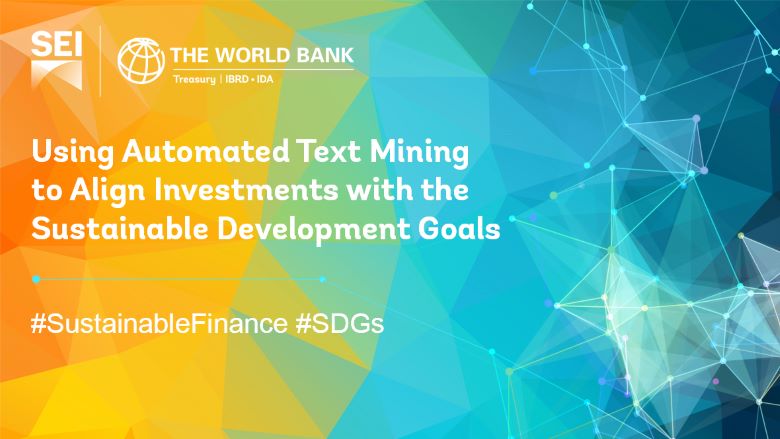
1. World Bank Group’s Unique Global Partnership for Sustainable Development
The World Bank Group is a global partnership of five unique institutions that work for sustainable solutions to reduce poverty and build shared prosperity in developing countries. With staff from more than 170 countries and offices in over 130 locations, they provide a wide array of financial products and technical assistance to help countries share and apply innovative knowledge and solutions to their challenges. Their work spans every major development area and is supported by global data and statistics research, publications, and topics in poverty and development. They face big challenges to help the world’s poorest people and ensure everyone benefits from economic growth. Data and research help them understand these challenges and set priorities, share knowledge of what works, and measure progress. [1][2]
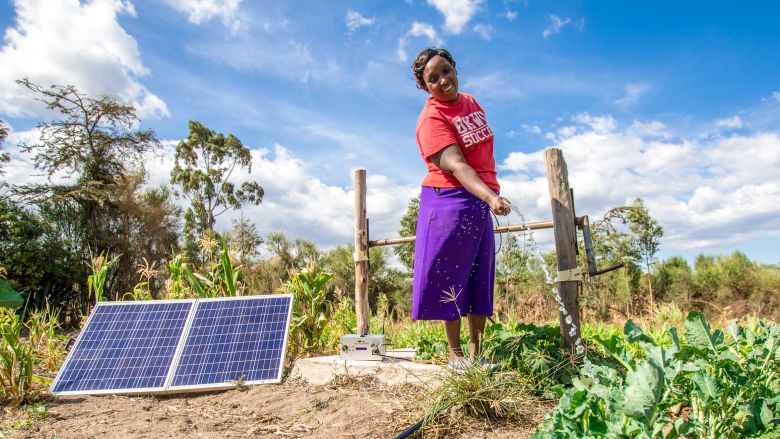
2. Big Challenges in Achieving Universal Electricity Access by 2030
The World Bank Group is striving to ensure that the world’s poorest people benefit from economic growth, but the reality is that the world is not moving fast enough to achieve universal electricity access by 2030. This goal presents significant challenges, requiring a substantial acceleration of investments and efforts. In countries with low levels of electricity access, both grid and off-grid solutions are essential. However, they need support from the right policies, incentives, and environments. By integrating lessons learned from countries that have successfully expanded electricity access and from innovative business and delivery models, governments, donors, the private sector, civil society organizations, and practitioners can work together to close the electricity access gap and meet the Sustainable Development Goals. [3][4]
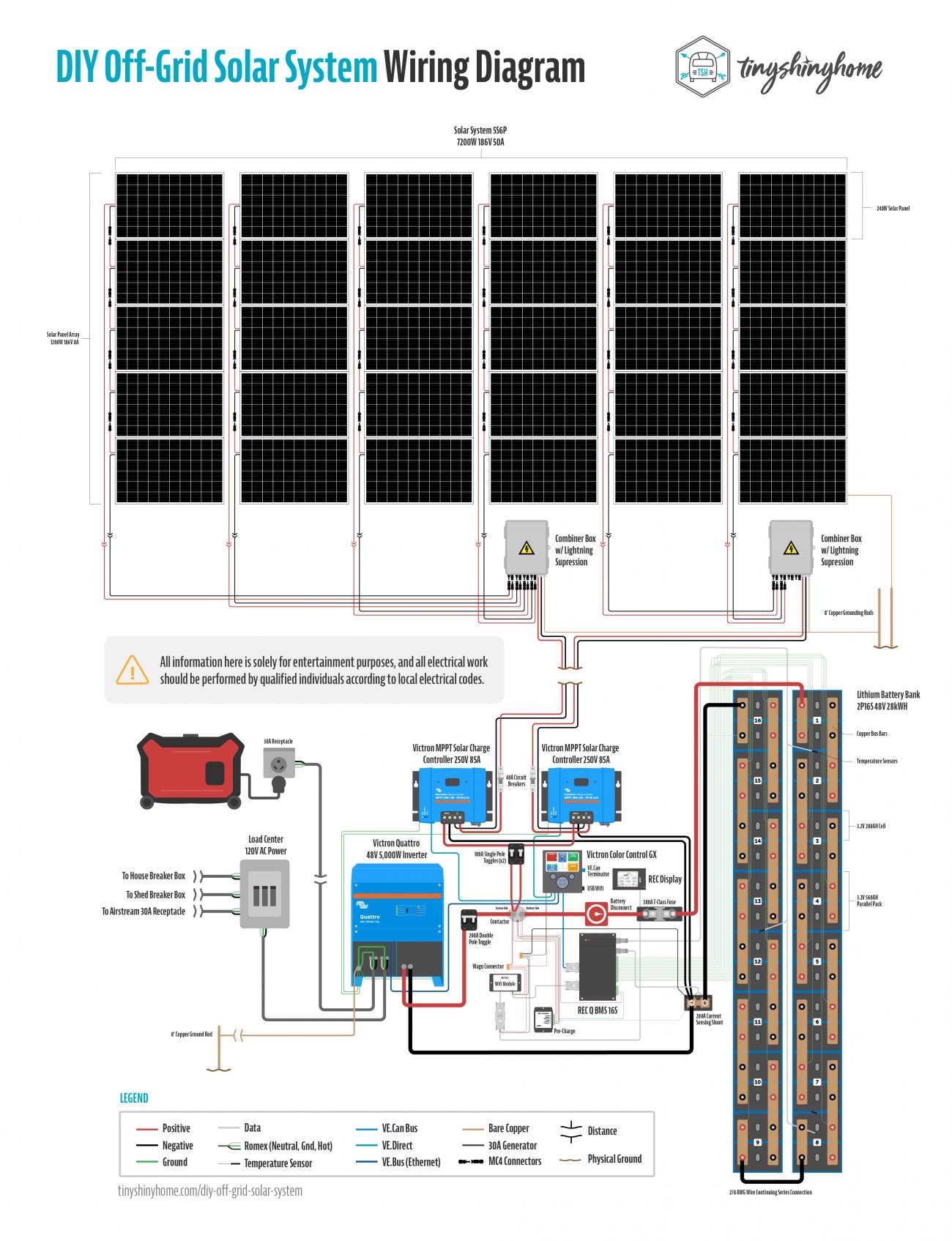
3. Grid and Off-Grid Solutions Vital for Universal Access
Grid and off-grid solutions are both vital in achieving universal access to electricity. The COVID-19 pandemic slowed progress towards universal energy access, with the number of people without access increasing by 2% in 2021. Sub-Saharan Africa has experienced the most significant decline in access due to enhanced energy access policies in countries such as Kenya, Senegal, Rwanda, and Ghana. Still, the pandemic has reversed this progress. While grid expansion has played an essential role in reducing the electricity access gap in recent years, stand-alone solar solutions can reach remote and vulnerable areas relatively quickly, affordably, and sustainably. Lighting Global, the World Bank Group’s initiative, has been driving the scale-up of off-grid markets worldwide by bringing together manufacturers, distributors, consumers, financial institutions, development partners, and governments. They are regularly producing market reports and setting quality standards for solar-powered devices that protect consumers and maintain consumer confidence. They also facilitate access to finance for companies and end-users, making it easier to access lines of credit. [5][6]

4. Accelerating Investments and Efforts Necessary for Goal Achievement
Accelerating investments and efforts are crucial in achieving universal electricity access by 2030. This objective cannot be reached without a substantial acceleration of efforts and investments. In countries with low levels of electricity access, both grid and off-grid solutions are essential, but they must be supported by the right policies, regulations, and incentives. The World Bank Group’s State of Electricity Access Report (SEAR) 2017 delves into topics ranging from electricity planning, human capital, and gender to climate change, energy efficiency, and results-based financing. It aims to prompt governments, donors, private sectors, civil society organizations, and practitioners to develop solutions to close the electricity access gap by integrating lessons learned from countries that have successfully expanded electricity access and through insights drawn from innovative business and delivery models. Meeting universal electricity access is essential to reaching other 2030 Sustainable Development Goals (SDGs) and creating a sustainable future. [7][8]
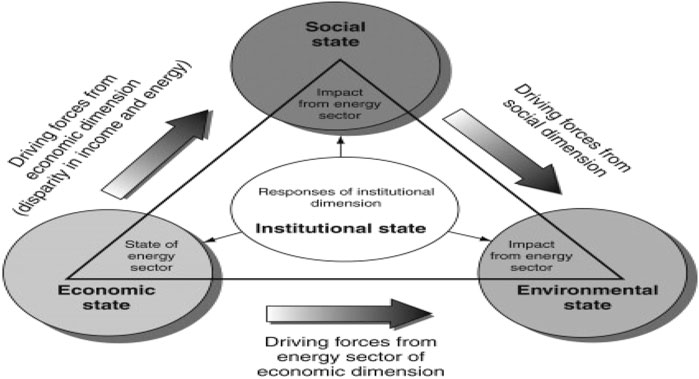
5. Energy Access Inextricably Linked to Other Sustainable Development Goals
Access to energy is crucial for achieving other sustainable development goals such as poverty reduction, gender equality, and climate change. In countries with limited electricity access, both on-grid and off-grid solutions are necessary, but support from policies, regulations, and incentives is also required. Rapidly decreasing costs for renewable energy technologies and focus on energy efficiency measures can help expand access to energy for people. Private sector-driven off-grid electrification and innovative energy service delivery mechanisms can also accelerate progress towards universal electricity access. However, a significant acceleration of efforts and investments will still be needed to reach the universal electricity access goal by 2030. Despite the progress made in recent years, the world still falls short of meeting the global energy targets set in the United Nations Sustainable Development Goals for 2030. [9][10]
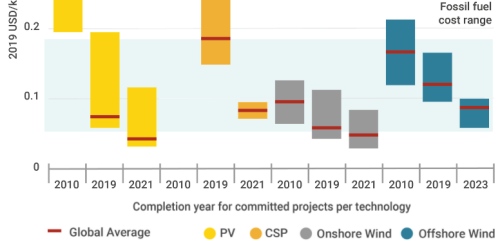
6. Rapidly Decreasing Costs for Renewable Energy Technologies
Renewable energy technologies are becoming more affordable and cost-competitive with fossil fuels. According to a report by the International Renewable Energy Agency (IRENA), in 2020, 62% of added renewable power generation had lower costs than the cheapest new fossil fuel option, doubling from the previous year. The cost of concentrating solar power (CSP) fell by 16%, onshore wind by 13%, offshore wind by 9%, and solar PV by 7%. This increasing affordability of renewables has resulted in them undercutting even existing coal’s operational costs. The cost savings of new renewable projects added in 2020 are estimated to save emerging economies up to USD 156 billion over their lifespan. Renewable energy presents not only environmental benefits but also economic advantages for countries striving towards a net-zero economy. [11][12]

7. Innovative Delivery Mechanisms Offer Opportunities for Private Sector
Innovative delivery mechanisms provide new opportunities for the private sector in expanding access to electricity for people in low-income countries. Renewable energy technology, such as solar panels, is becoming significantly cheaper, making it more accessible for many. Off-grid solutions, such as solar mini and micro grids, are also important for achieving universal electricity access. However, these innovative business and delivery models require an enabling environment with appropriate policies, regulations, and incentives to scale up. Governments, donors, private sector, civil society organizations, and practitioners can develop solutions for closing the electricity access gap by integrating lessons learned from countries that have successfully expanded electricity access and through insights from innovative business and delivery models. By creating a conducive environment for private sector-driven off-grid electrification, countries can accelerate universal electricity access. [13][14]

8. Enabling Environment Essential for Replication and Scale-Up of Deliver Models
Creating an enabling environment is crucial for replication and scale-up of delivery models, especially in developing countries where the necessary infrastructure and institutional arrangements may be weak. Often, pilot projects that aim to implement innovative solutions fail to scale-up and make a significant impact due to a lack of sustainability. In order to ensure successful replication and scale-up of delivery models, a multidisciplinary and long-term programmatic approach is required. Sustainable systems change through the alteration of key drivers and incentives is necessary for a project to contribute positively to the livelihoods of the population. It is essential to assess the scalability of innovations, design for scale from the onset, and systematically think through key elements or success factors to make projects work. Development actors need to be creative and develop a clear understanding of the elements in the system they can address and where they need to collaborate strategically to exert influence. [15][16]
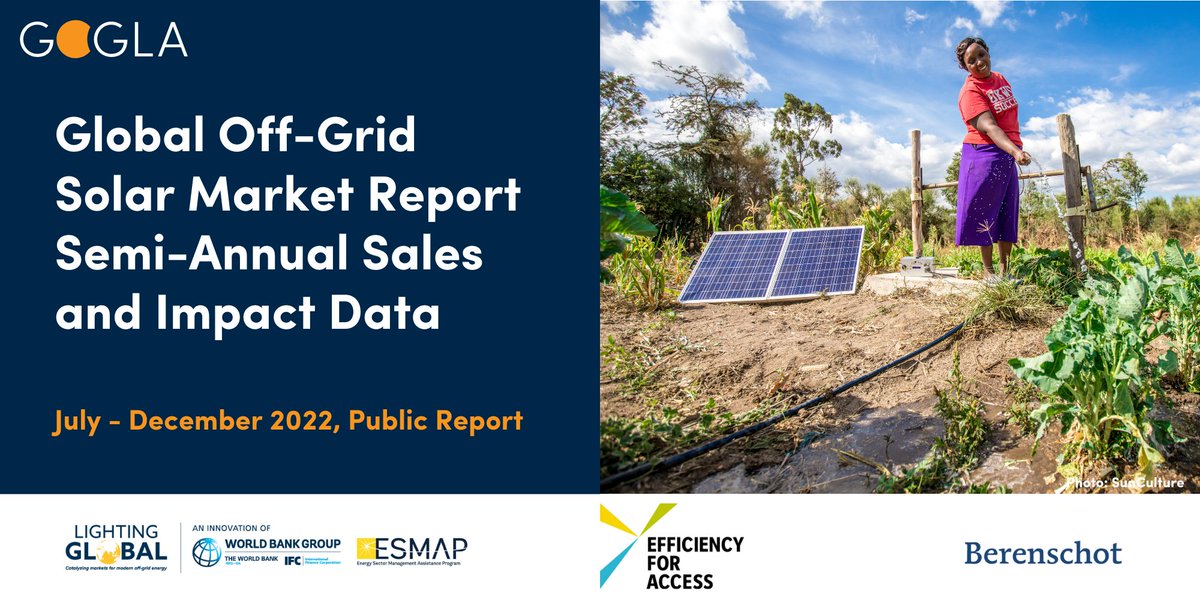
9. SEAR Funded by the World Bank Group’s ESMAP
The State of Electricity Access Report (SEAR) was published by the World Bank Group’s Energy Sector Management Assistance Program (ESMAP). The report aims to accelerate electricity access worldwide and achieve the Sustainable Development Goals (SDGs) by 2030. A significant effort and investment are required to reach the universal electricity access goal. The report discusses the current status of electricity access, challenges, and drivers of transformative electricity access, emerging and innovative business and delivery models, and the critical role of energy towards the achievement of the SDGs. The report also explores various topics from electricity planning, human capital, gender, climate change, energy efficiency, to result-based financing. The SEAR is one of four flagship reports under ESMAP’s Sustainable Energy for All Knowledge hub. [17][18]
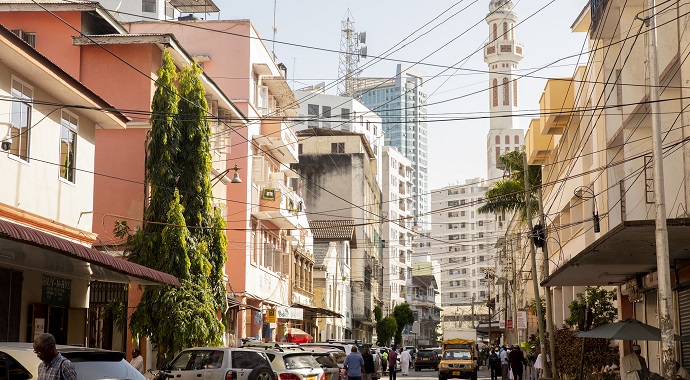
10. Call for Solutions to Close Electricity Access Gap and Meet Goals.
The International Energy Agency (IEA) has called for urgent action to close the electricity access gap and achieve Sustainable Development Goal 7, which aims to ensure access to affordable and clean energy for all by 2030. The COVID-19 pandemic has worsened the already dire situation, with little progress made in the past few years. Sub-Saharan Africa has seen a rise in the number of people without access to electricity since 2020, reaching 77% of the global population without access. However, progress has been made in some countries, such as Kenya, Senegal, Rwanda, Ghana, and Ethiopia. Investment of just over $35 billion annually is needed to achieve universal access to electricity by 2030, but current investments fall short. Financing remains a major barrier, and many projects require public support. The IEA suggests that a combination of grid and decentralised solutions, including mini-grids and standalone systems based on renewables, could achieve universal access by 2030. [19][20]